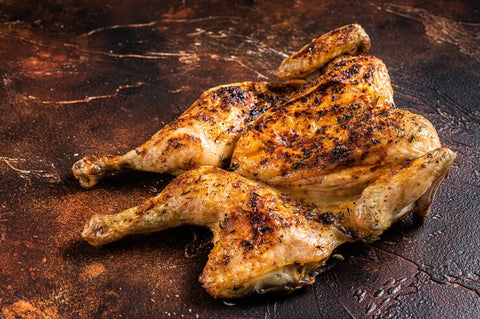Have you ever been waiting in line at a coffee shop and heard customers buying pour over coffee or brewed coffee?
Maybe you were inquisitive and placed your own order? You must have had a mind-blowing cup of pour over coffee because you're here. You were so taken with it that you sought to learn if you could create it yourself.
It's high time you master the art of making delicious coffee like a professional coffee geek.
The Difference of Pour Over Coffee
You can manually pour hot water over the coffee grinds when using the pour-over method. By ensuring that all the coffee grounds are similarly saturated, the taste ingredients in coffee are extracted consistently.
Additionally, you have the choice to agitate the coffee grounds to enhance flavor extraction. Finally, poured over coffee allows you to pause while adding hot water to the grounds, allowing the grounds to bloom, and releasing stored carbon dioxide in the beans. By doing this, you may effectively saturate and extract flavor from the coffee.
Pour over coffee falls under the genre of "filter" coffee, which is made by pouring hot water over ground coffee and allowing it to steep. The coffee is then typically filtered through a paper filter, however reusable metal and cloth filters are also an option.
Pour over coffee produces a clean, well-balanced cup of coffee in contrast to French press, which has the grounds fully immersed in the water leading to a full-bodied cup of coffee. Although the procedure seems like that of an automatic drip coffee maker, the manual pour over method provides you more control and, as a result, results in a cup of coffee that is more nuanced and dynamic.
How To Make Pour Over Coffee
- If your water kettle has a temperature range, heat the water to 200°F. If you don't, boil some water in a kettle and let it cool down for between 45 seconds and a minute.
- Over the cup or carafe, set the pour over appliance. Place a paper filter inside, and then add enough water to the filter—about an ounce or 28 grams—to moisten it.
Rinsing the paper filter will settle it into the pour over device and take away any flavor of cardboard or paper that it could have imparted in the coffee. Throw away the filter-rinse water.
- Coffee grinds should be placed in a paper filter and given a gentle shaking to let them settle and level out. Start in the center and work your way out to the edges while carefully pouring around 50 grams (or about 3 tablespoons) of water over the grounds. Make sure the grounds are evenly moistened, stirring the grounds with a chopstick.
The grounds should begin to bubble up and release gas, which you'll notice. The grounds are then said to be "blooming." Because there is more trapped carbon dioxide in freshly roasted beans, they will blossom more than older beans.
Allow the water to permeate the coffee for about 30 seconds before adding an additional 50 grams of water in a spiral pattern, working from the center outward, to help the coffee release more gas.
- Keep pouring in 50 to 75 grams of water at a time, working your way from the center out to the edge and back in again.
As the coffee falls into the mug or carafe, continue to add water in this manner until you have used 12 ounces, 1 1/2 cups, or 340 grams of water. It should just take four to four and a half minutes.
Serve and enjoy.



